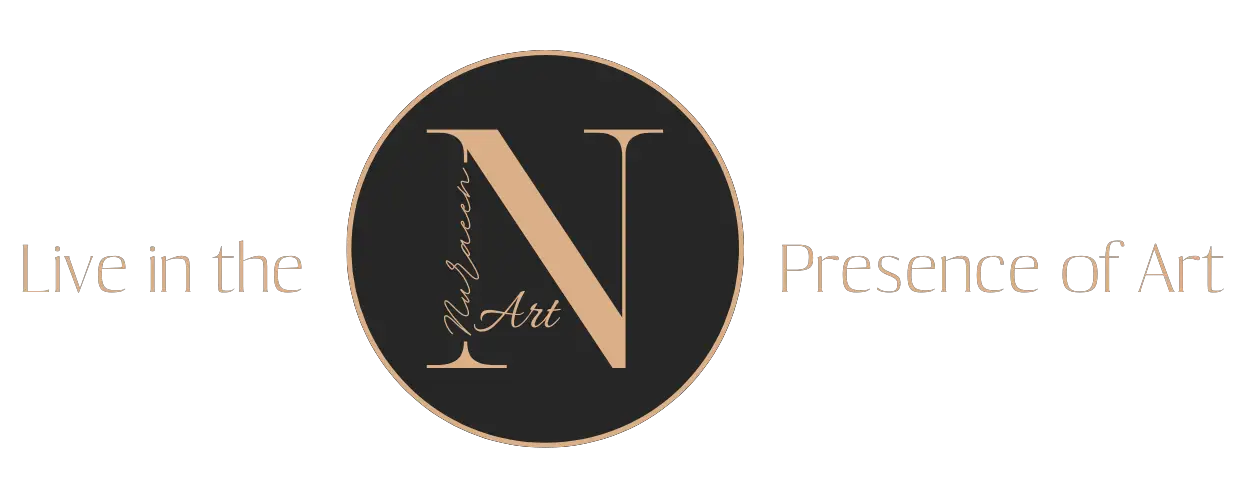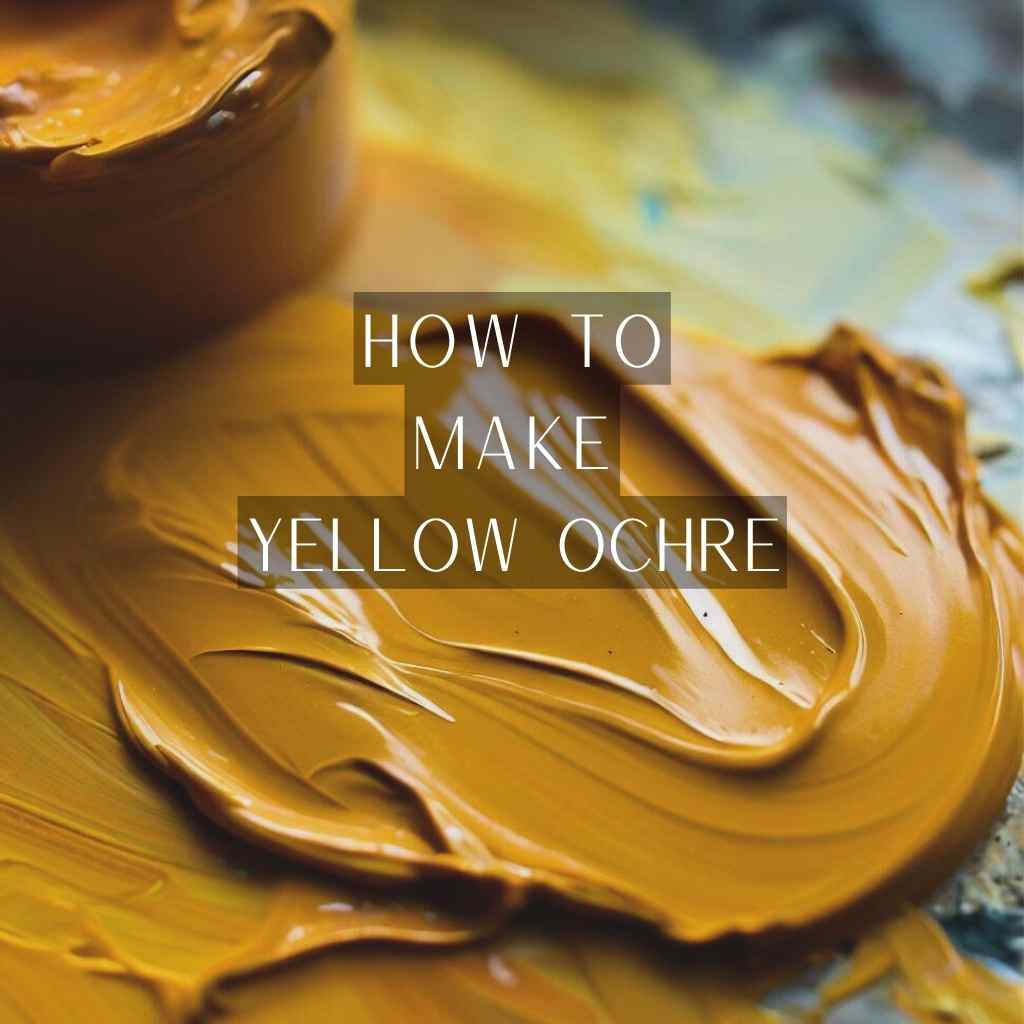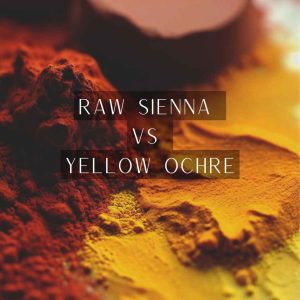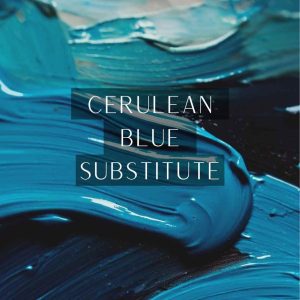Are you ready to embark on a captivating journey into the realm of colors? Get ready to be mesmerized by the warm and earthy allure of yellow ochre!
If you’ve ever wondered how to make yellow ochre or why this timeless pigment has captured the hearts of artists and creators for centuries, then you’re in for a treat.
Mixing a base yellow with a touch of red and a hint of brown can create warm and earthy yellow ochre.
In this blog, we delve deep into the enchanting world of yellow ochre, unlocking its secrets and exploring its myriad applications.
Let’s dive in and discover the beauty and versatility that lies within the fascinating world of yellow ochre!
What is Yellow Ochre?
Yellow ochre is a naturally occurring mineral pigment primarily composed of iron Yellow ochre is a natural earth pigment that derives its name from the Greek words “ochros” and “ochreos,” meaning “pale yellow.”
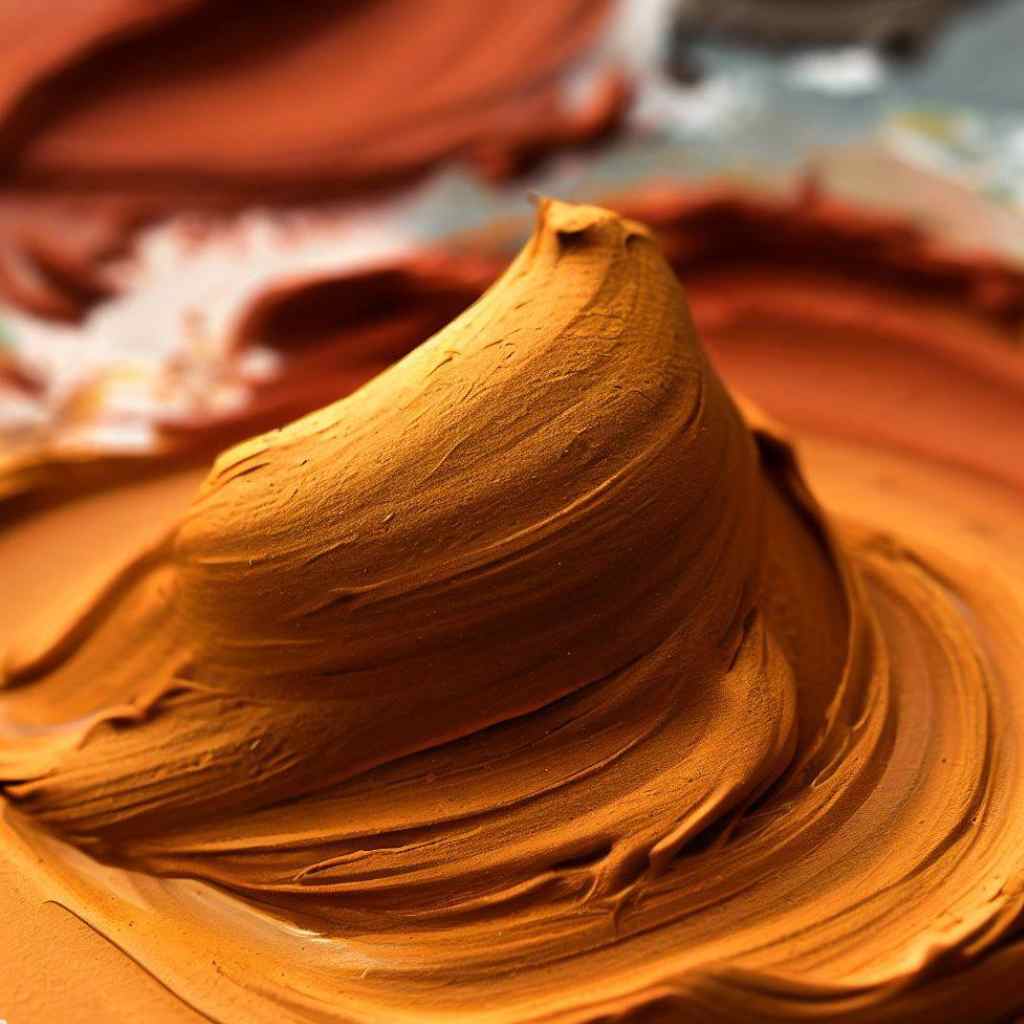
It is composed primarily of iron oxide minerals, giving it its characteristic yellow color. Ochre deposits are found in various geological formations, and it has been sourced and used by humans for thousands of years due to their abundance and ease of extraction.
Geology and Sources of Yellow Ochre
Yellow ochre is commonly found in mineral-rich soil or rock formations, where it has accumulated over centuries. Different regions around the world boast varying types of ochre, each with its unique shade and composition.
Understanding Color Theory & The Basics of Color Mixing
Before delving into the art of making yellow ochre, it’s crucial to grasp the basics of color theory. Color mixing involves the combination of primary colors to produce secondary and tertiary colors.
Yellow is one of the primary colors, and ochre’s unique shade adds depth and warmth to any palette. Understanding color perception and how different pigments interact with each other is essential to creating harmonious artwork.
Color mixing involves the blending of primary colors to create a vast array of secondary and tertiary colors. Understanding the color wheel and how primary colors (red, blue, and yellow) interact allows artists to achieve their desired hues. Yellow ochre serves as a foundation for mixing various shades, making it an essential pigment in the color palette.
How to Make Yellow Ochre by Mixing Other Colors?
Creating yellow ochre by mixing other colors is a fascinating process that allows artists to customize and expand their color palette. While true yellow ochre is a naturally occurring pigment primarily composed of iron oxide, artists can approximate its hue using a combination of other pigments.
Here’s a step-by-step guide on how to make a convincing yellow ochre by blending other colors-
Step 1: Start with a Base Yellow:
Begin the mixing process by selecting a primary yellow pigment as the base. Options include cadmium yellow, lemon yellow, or primary yellow. The base yellow will serve as the foundation for creating the desired shade of yellow ochre.
Step 2: Add a Touch of Red:
To achieve the warm, earthy undertones of yellow ochre, incorporate a small amount of red pigment into the base yellow.
Cadmium red or burnt sienna works well for this purpose. The red pigment will introduce subtle orange and brown hues, enhancing the overall richness of the mixture.
Step 3: Introduce a Hint of Brown:
To further deepen the color and add complexity, introduce a touch of brown pigment into the mix.
Raw sienna or burnt umber are excellent choices for this step. The brown pigment will contribute to the earthy character of yellow ochre.
Step 4: Experiment and Fine-Tune:
Mix the pigments thoroughly and apply a small sample of the blend onto a test surface, such as a canvas or palette paper. Observe the color and make adjustments as necessary.
If the mixture is too bright, add more red or brown pigment; if it’s too dark, incorporate additional yellow.
Variations of Yellow Ochre
Yellow ochre offers an array of tones, from warm and rich to cool and subdued. Artists can experiment with tinting and shading techniques to create a myriad of beautiful hues.
Incorporating yellow ochre into different color palettes will inspire artists to use this pigment in unique and unexpected ways.
Warm and Cool Yellow Ochre Tones
Yellow ochre can exhibit warm tones that lean towards oranges and reds or cooler tones with hints of green. Understanding these variations allows artists to create the desired mood and atmosphere in their artworks.
By combining warm and cool tones, artists can achieve depth and complexity in their color compositions.
Tinting and Shading Yellow Ochre
Tinting yellow ochre involves adding white to create lighter hues while shading involves adding black or complementary colors to achieve darker tones.
Learning these techniques enables artists to create dimension and luminosity in their artworks, enhancing the visual appeal of yellow ochre.
Incorporating Yellow Ochre into Different Color Palettes
Yellow ochre harmonizes well with a wide range of colors, making it a versatile pigment in creating different color palettes. Artists can explore monochromatic, complementary, or analogous color schemes to enhance the impact of yellow ochre in their artworks.
How to Make Yellow Ochre: Traditional Method
The art of making ochre paint is steeped in tradition, with artists adopting various techniques to achieve their desired results. Understanding different binding agents that complement yellow ochre is crucial, as they affect the paint’s texture and longevity.
Additionally, exploring the art of mixing ochre with different mediums opens up a world of creative possibilities.
Gathering Your Materials
Gathering the necessary materials and setting up your workspace ensures a smooth and enjoyable artistic experience-
- Acquiring natural yellow ochre pigment
- Knives & brushes
- Palettes
How to Make Yellow Ochre Color: Step-by-step guide
For artists who wish to connect more intimately with their craft, making yellow ochre pigment from scratch can be a rewarding experience.
This step-by-step guide takes you through the process of creating your homemade pigment.
- Collecting Raw Materials: The journey begins with sourcing raw materials, including mineral-rich soil or rocks containing iron oxide. Identifying suitable sources and gathering the necessary samples are crucial for successful pigment production.
- Grinding and Crushing Techniques: Transforming raw materials into fine particles involves grinding and crushing. Various methods, such as mortar and pestle or mechanical mills, can be employed to achieve the desired consistency.
- Sieving and Refining the Pigment: Sieving the ground pigment helps in separating coarse particles and achieving a smooth, consistent texture. Further refining can be done through levigation or elutriation to purify the pigment.
Mixing Yellow Ochre with Different Mediums: Binding Agents
Yellow ochre can be mixed with various mediums, such as water, oil, and acrylics, to create different types of paint. Each medium’s binding agent brings its unique characteristics to the final artwork.
Making Yellow Ochre Oil Paint
For those who prefer oil painting, combining yellow ochre with linseed oil is a classic method to create oil paint. Linseed oil is a traditional binder used in oil painting to create oil paint.
Mixing yellow ochre with linseed oil requires patience and skill to achieve the perfect consistency. Artists can experiment with different ratios to find the balance that suits their painting style.
Preparing Yellow Ochre Watercolor with Gum Arabic
Gum Arabic is a crucial component in creating watercolor paint. Combining gum Arabic yellow ochre results in watercolor with excellent flow and transparency.
Artists can experiment with different proportions to achieve their desired effects.
Mixing Yellow Ochre with Acrylic Mediums
Yellow ochre can be mixed with various acrylic mediums to create a custom paint palette like flow medium, matte medium, gel medium. Each medium affects the paint’s texture, drying time, and opacity.
By experimenting with different mixtures, artists can unlock the full potential of yellow ochre in their acrylic artworks.
FAQs
- Can yellow ochre be used to paint architectural details and landscapes?
Yes, yellow ochre is often used in architectural and landscape paintings to depict sunlit buildings, sandy terrains, and golden sunsets. Its natural warmth brings life to these elements, adding a touch of realism and atmosphere to the artwork.
- Is yellow ochre suitable for floral and botanical illustrations?
Absolutely! Yellow ochre’s warm tones beautifully complement floral and botanical subjects. It can be used to depict flower petals, leaves, and stems, capturing the essence of nature in vibrant and realistic illustrations.
- Can I use yellow ochre in watercolor washes without losing its vibrancy?
Yes, yellow ochre maintains its vibrancy in watercolor washes. Its transparent quality allows artists to layer it over other colors or build up the intensity gradually, preserving its warm and inviting character.
- Does yellow ochre work well for painting skin tones?
Yes, yellow ochre is a valuable color for painting skin tones. When blended with red and white, it creates warm and lifelike flesh tones, making it a favorite among portrait artists.
- Can yellow ochre be used in encaustic painting?
Yes, yellow ochre can be incorporated into encaustic painting, a technique that involves using pigmented hot wax. It blends well with encaustic mediums and creates captivating textures and effects on the wax surface.
- Can I use yellow ochre to create still-life paintings with a vintage feel?
Absolutely! Yellow ochre, with its warm and nostalgic charm, is perfect for capturing a vintage ambiance in still-life paintings. Combine it with muted tones and aged textures to evoke a sense of timeless elegance in your artwork.
Wrapping Up
As our colorful journey comes to a close, we are left in awe of the radiant legacy that yellow ochre leaves behind. From ancient cave paintings to modern-day masterpieces, this captivating pigment has weaved its way into the heart of art and creativity.
Throughout this blog, we’ve explored the wonders of yellow ochre, unraveling its history, understanding its chemistry, and delving into its diverse applications.
Now equipped with the knowledge of how to make yellow ochre and harness its warm and earthy essence, you are poised to unleash your creativity with confidence.
